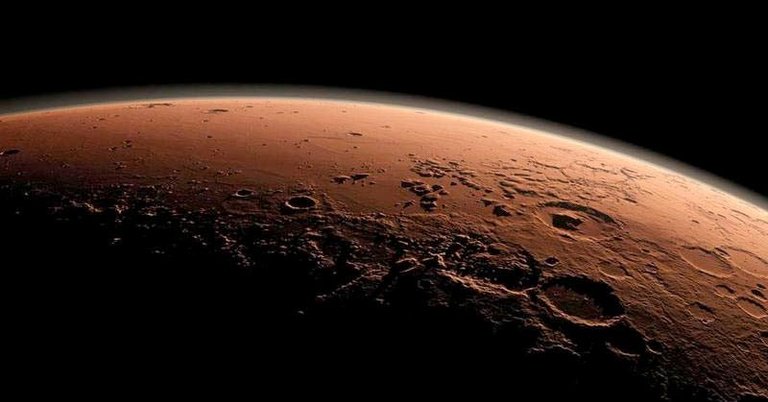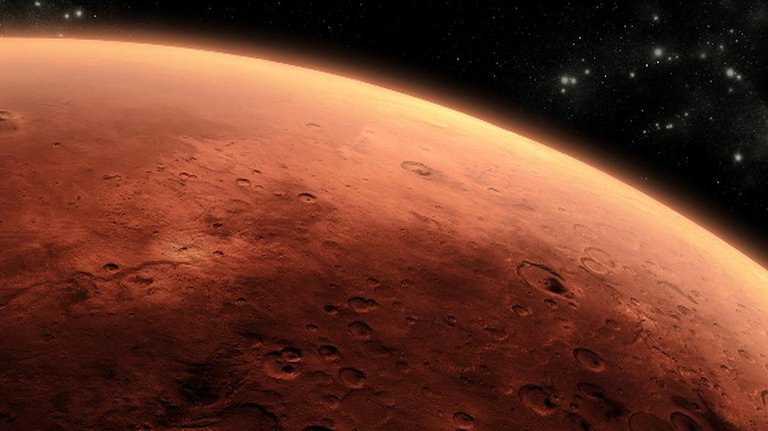
California - Did you know, Mars has geological conditions like Earth and the Moon? Yes, like craters and valleys, mostly formed by rain.
In fact, there had been heavy rains on Mars. Although up to now there is evidence of the existence of water on Mars, now the rain is no longer down there.
Heavy rain on Mars has had an impact on the crater and the pattern of river flow on its surface since billions of years ago, according to a study in the journal Icarus.
Reported by the NASA page, researchers from the Smithsonian Institution and John Hopkins University of Applied Physics Laboratory showed changes in the atmosphere of Mars to make the rain more rapid and impact similar to what is on the surface of the earth.
When Mars formed about 4.5 billion years ago, it has more elements in the atmosphere with higher pressure than now, including the size of the rain and how much rain falls.
The rain drops when the new Mars is formed is believed to be very small, dewy like it is impossible to leave a trail on the planet.
Decrease in atmospheric pressure for millions of years causes the water droplets to swell and rain to become heavy enough to slice the soil and form craters and valleys.
Not Red, the Original Color of Mars is Blue?

NASA recently released a number of Planet Mars surface footage. In the Curiosity robot-captured video, the Red Planet's panoramic view sprawls in a bluish tinge, not completely red.
So, this amazing sighting is clearly the answer for those who are curious about the original colors of Planet Mars.
Indeed, when viewed from outer space, the planet emits a bright red color. In fact, the atmosphere directly from within the planet actually shows the atmosphere with a blue style. Although the color of the planet's soil is red.
According to information quoted Mirror, Tuesday (6/2/2018), Curiosity capture this moment in the areas of Vera Rubin Ridge.
NASA achievement

Over the past few years, NASA is already focused on the research of Planet Mars. One of the major discoveries is the water content found since September 2015.
At that time, MRO identified evidence of a hydrated mineral called perchlorate, which has formed lines on the slopes on the surface of Mars.
"The most interesting thing about this announcement is that life on Mars is possible," said one NASA representative, John Grunsfeld, at a press conference, as quoted by CNBC.
Some perchlorate can keep water from freezing, even at temperatures as cold as -94 degrees Fahrenheit. The perchlorate forms stripes on the Martian slopes during the planet's warmth when the temperature rises above -10 degrees Fahrenheit. The lines are called the Recurring Slope Lineae (RSL), which then disappears during the winter.
"Something hydrates these salts, and seems to change into those lines, which come and go according to the season," said Lujendra Ojha, one of the researchers on the project in a statement.
This means, Ojha continued, the water on Mars is salty, not pure. This makes sense because salt lowers the freezing point of water.
Even if the RSL is slightly below ground, where the temperature is colder than the surface temperature, the salt will keep the water in liquid form and allow it to flow down the slopes of Mars.
Vote for good-karma As Witness Vote for appreciator As Witness

#busy #upmyvote #good-karma #esteemapp #esteem #appreciator #steemit #minnowsupport
wuaooooooooo